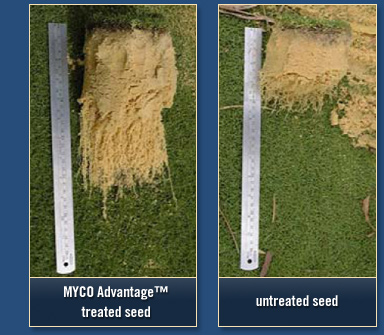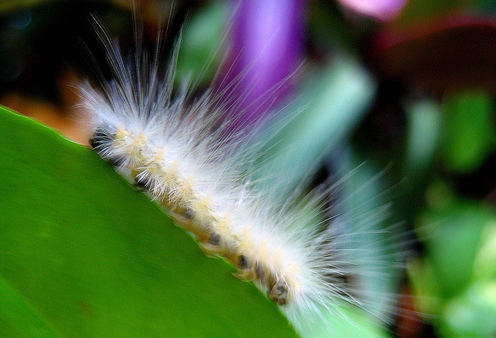
We have looked at the best way to plant grass seed and how to know if you have high quality grass seed. Equally as important is knowing how to pick the right type of grass seed you need to plant for the conditions of your lawn; i.e., shady, sunny or wet and the particular area of the country. [Read more…]




